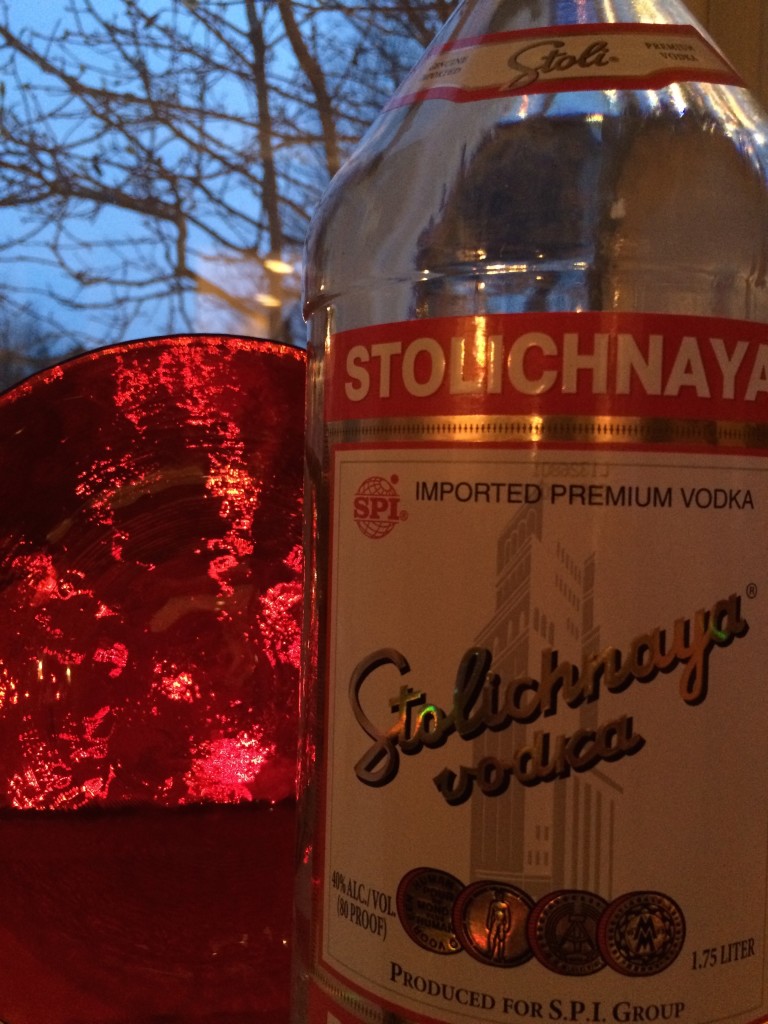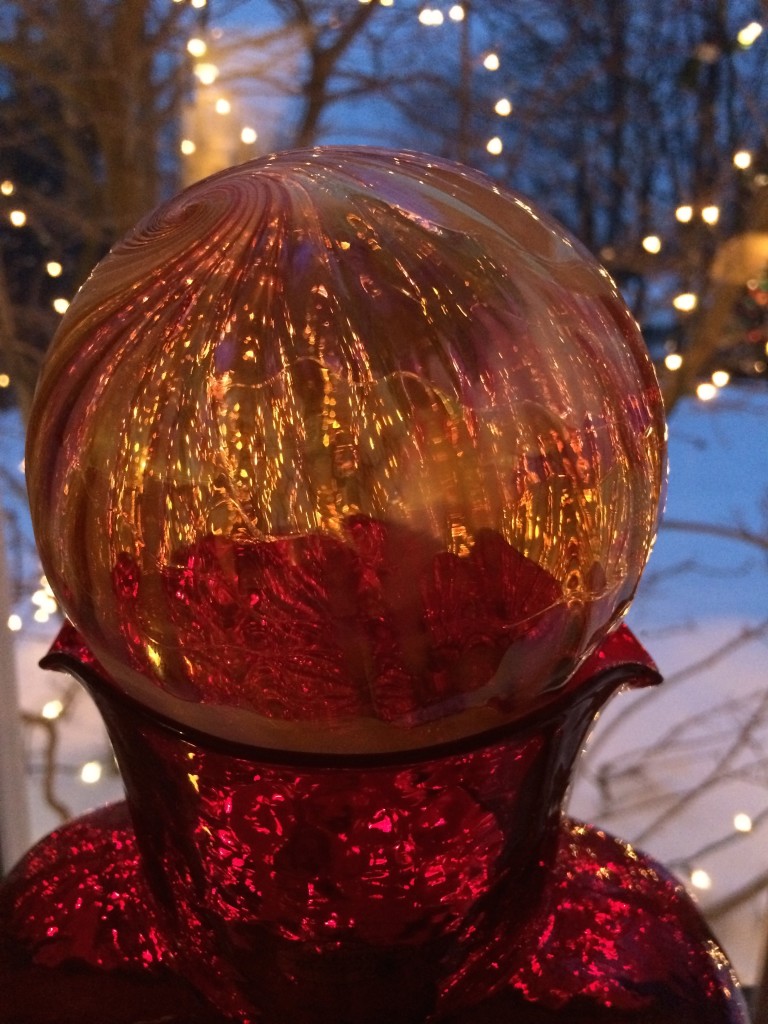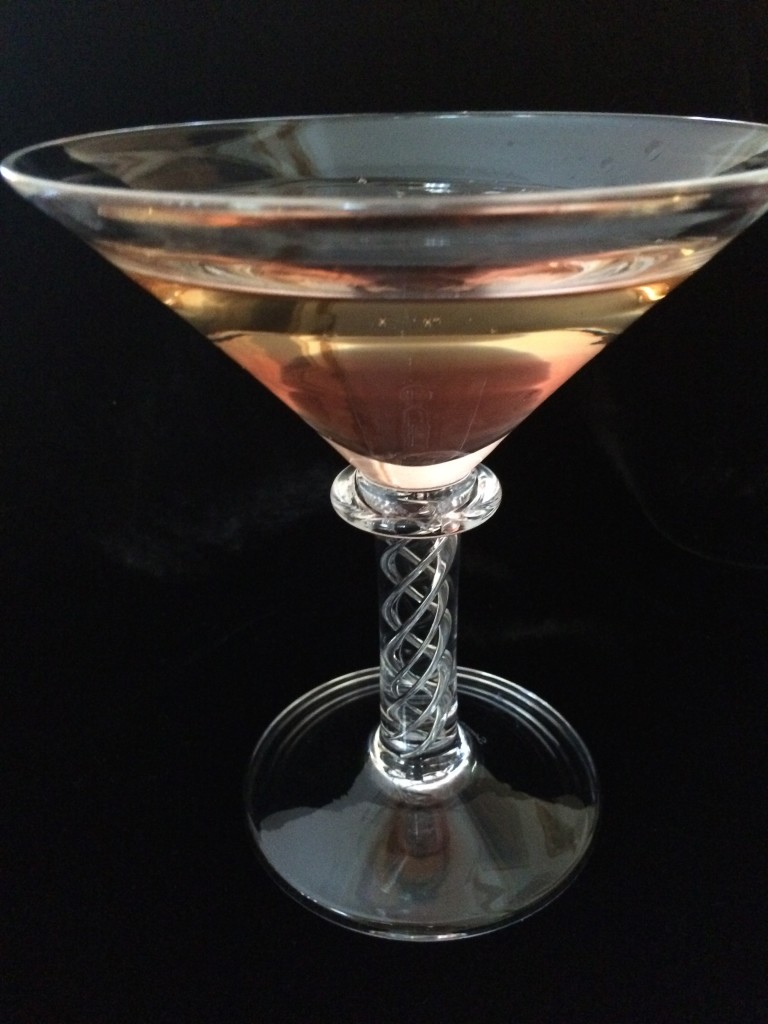 Social commentator Will Rogers once said, “Nobody in the world knows what vodka is made out of, and the reason I tell you this is that the story of vodka is the story of Russia. Nobody knows what Russia is made of, or what it is liable to cause its inhabitants to do next.”
Social commentator Will Rogers once said, “Nobody in the world knows what vodka is made out of, and the reason I tell you this is that the story of vodka is the story of Russia. Nobody knows what Russia is made of, or what it is liable to cause its inhabitants to do next.”
How fitting that the national drink of Russia – a country famously deemed “a riddle, wrapped in a mystery, inside an enigma” – is also a mystery, defying any concrete understanding.
Indeed, the origin of vodka – which comes from the Russian word “voda”, meaning “water” – is highly disputed. While some believe that it was first mass-produced by the Muscovite monks in the 14th or 15th centuries, others claim it originated in Poland around the 8th century. Still others say it comes from Sweden.
But, this much we know to be true: as a “colorless spirit made up of water and ethanol,” vodka is primarily made from grain – corn, rye, or wheat – or potatoes (and occasionally grapes), and is distilled at least three times, usually through charcoal. Perhaps not surprisingly, it was used as a form of currency until the end of the Soviet Era.*
The flavoring of vodka began in the Middle Ages when they learned to disguise the unpleasant aromas and flavors produced by their primitive equipment and techniques with honey, oils and spices (Peter the Great was particularly fond of anise and pepper flavored vodkas).
 Some of the most classic types of flavored Russian vodka include:
Some of the most classic types of flavored Russian vodka include:
- “Limonnaya, its taste deriving from lemon zest, is one of the most traditional;
- Pertsovka, flavored with red chili peppers;
- Okhtnichya (‘hunters vodka’) has a wider range of flavorings including juniper, finer and cloves; and
- Starka (‘old vodka’) is a mixture of vodka, brandy, port and an infusion of apple and pear leaves aged in oak barrels.”**
It’s the perfect drink for winter, as many of us who are buried in Siberia-like snow can attest to! As Michele Bernstein said in All the King’s Horses: “Vodka goes well with a wintery perspective. Nothing else provokes such presentiments of falling snow except, for some, the Communist seizure of the state.”
How to Taste Vodka
Vodka should be frozen for at least an hour before drinking. When ready to drink use a 2-3 ounce clear glass and pour straight up – no ice, no water, no vermouth, no tonic. Hold the glass in warm hands to take some of the freeze off. ” If vodka is too cold, it will freeze your taste buds and you will not get an adequate tasting. If it is too warm, the flavor mix becomes too complex and the dominant flavor less discernible.”**
 Hangar One Raspberry Cosmo
Hangar One Raspberry Cosmo
2 ounces Hangar One Raspberry Vodka
1 Ounce Triple Sec
1/2 Ounce Rose’s Lime Juice
Fresh Raspberries, to garnish
Hangar One is a handcrafted vodka made in an abandoned Navy aircraft “hangar” in Alameda, California. It is made of Viognier grapes and American wheat and is distilled in small Holstein pots. Hangar One flavored vodkas are “naturally infused with the handpicked flowers or fruit…whereas most flavored vodkas on the market use artificial flavoring.”*
*Information was taken from the book Cotton Cocktails
**Information taken from Grand Circle Travel Learning and Discovery Series
Ohhh Vodka, the memories we have made together.
You are correct! Vodka is best served cold. I love vodka. I love it flavored. I love it plain. Mmmmm mmmm mmm Vodka!